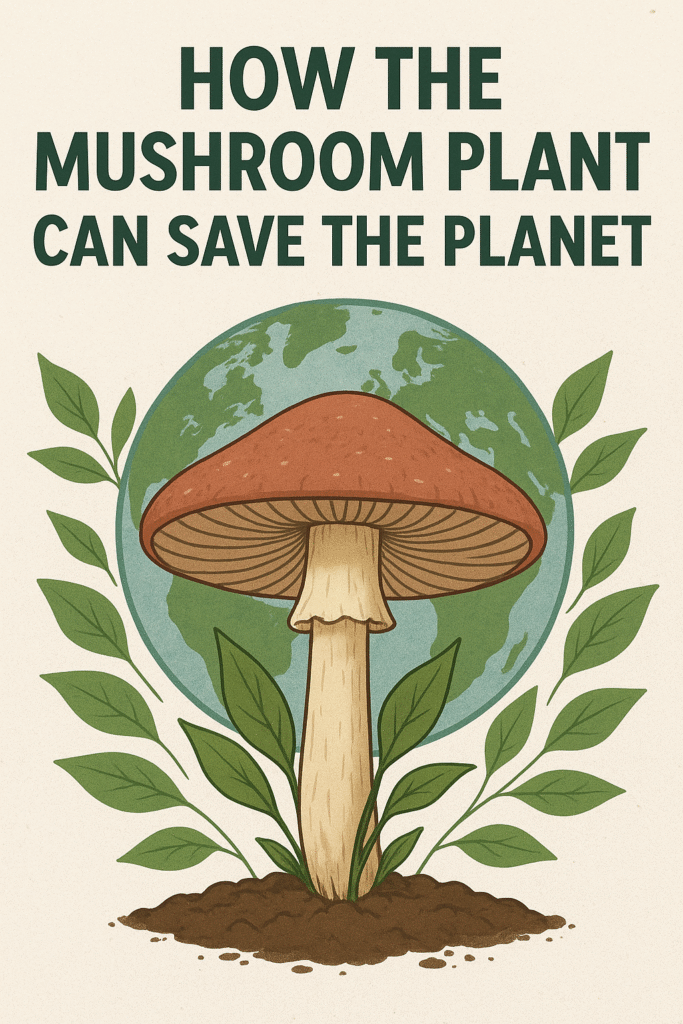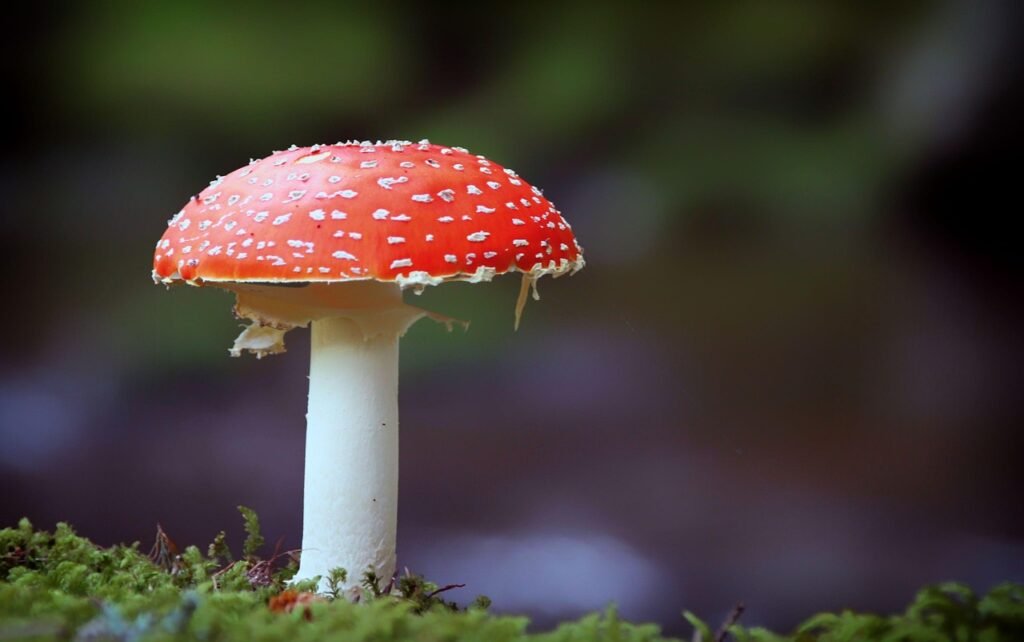Introduction:
In the race against climate change and environmental degradation, nature may already hold the key to our survival hidden beneath the forest floor. The mushroom plant, or more precisely its root-like structure called mycelium, is emerging as one of the most promising allies in the fight for a sustainable future. From biodegradable packaging to carbon-negative building materials, mycelium is revolutionizing how we think about waste, pollution, and innovation.
But how can something so humble truly help save the planet? Let’s dig into the science, the innovations, and the real-world impact of this fungal phenomenon.
What is the mushroom plant and why is it special?
The term “mushroom plant” typically refers to the visible fruiting body of fungi, but the real magic lies in mycelium a vast underground network of thread-like cells that connect ecosystems, decompose organic matter, and regenerate soil health.
- Mycelium acts like nature’s internet, transferring nutrients and information between plants.
- It’s fast-growing, renewable, and biodegradable, making it an ideal raw material for sustainable products.
- According to a 2023 study by the University of Utrecht, mycelium can grow up to 1 cm per hour under optimal conditions, making it one of the fastest-growing biomaterials.

Environmental benefits of mushroom-based solutions
Mycelium-based innovations offer a wide range of environmental advantages:
- Biodegradable Packaging: Replaces plastic and Styrofoam, decomposing naturally within 30–60 days.
- Carbon-Negative Construction Materials: Mycelium bricks absorb CO₂ during production.
- Waste Management: Fungi can break down toxic waste, including petroleum-based products.
- Regenerative Agriculture: Enhances soil health and reduces dependency on chemical fertilisers.
“Mycelium is not just a material it’s a movement toward circular design,” says Eben Bayer, CEO of Ecovative Design, a pioneer in mushroom-based packaging.
Innovations using mycelium technology
The last two years have seen a surge in startups and research labs exploring mycelium’s potential:
- Evocative and MycoWorks are producing leather alternatives from fungi, used by fashion brands like Hermès.
- Biohm, a UK-based startup, is developing insulation panels made from mycelium that outperform traditional foam.
- In 2024, IKEA announced a pilot program to replace Styrofoam packaging with mycelium-based alternatives across select product lines.
These innovations are not just eco-friendly they’re scalable, affordable, and increasingly in demand.
How mushroom plants contribute to waste reduction
One of the most compelling features of mycelium is its ability to consume agricultural and industrial waste:
- Feedstock Flexibility: Mycelium can grow on sawdust, corn husks, and even coffee grounds.
- Toxin Absorption: Certain fungi species can absorb heavy metals and break down hydrocarbons.
- Zero-Waste Manufacturing: Mycelium products are often made in closed-loop systems, minimizing landfill contributions.
A 2023 report by the Ellen MacArthur Foundation highlighted mycelium as a “critical enabler” of circular economy models in packaging and construction.
Real-world examples of mushroom-based sustainability
Across the globe, mushroom-based solutions are being deployed in creative and impactful ways:
| Project | Location | Impact |
| Grow.bio | USA | DIY mycelium kits for home compostable packaging |
| Loop Biotech | Netherlands | Coffins made from mycelium that decompose in 45 days |
| Grown | UK | Furniture and acoustic panels made from fungi |
These examples show that mushroom plants aren’t just a concept they’re already changing industries.
Challenges and limitations of scaling mushroom solutions
Despite its promise, mycelium faces hurdles:
- Consistency: Biological materials can vary in texture and durability.
- Infrastructure: Scaling production requires specialized facilities and trained personnel.
- Investment: While interest is growing, funding for fungi-based startups still lags behind traditional green tech.
“We’re at the frontier of biomaterials, but we need policy support and public awareness to truly scale,” says Dr. Nina Tandon, bioengineer and CEO of EpiBone.
Is the mushroom plant the future of eco-friendly innovation?
The mushroom plant and its mycelium network offers a rare combination of ecological harmony and industrial utility. It’s not a silver bullet, but it’s a powerful tool in the sustainability arsenal.
- It aligns with circular economy principles.
- It inspires cross-disciplinary innovation from fashion to architecture.
- It regenerates rather than depletes.
As climate urgency grows, the mushroom plant may not just be a quirky solution it could be a cornerstone of the next green revolution.

